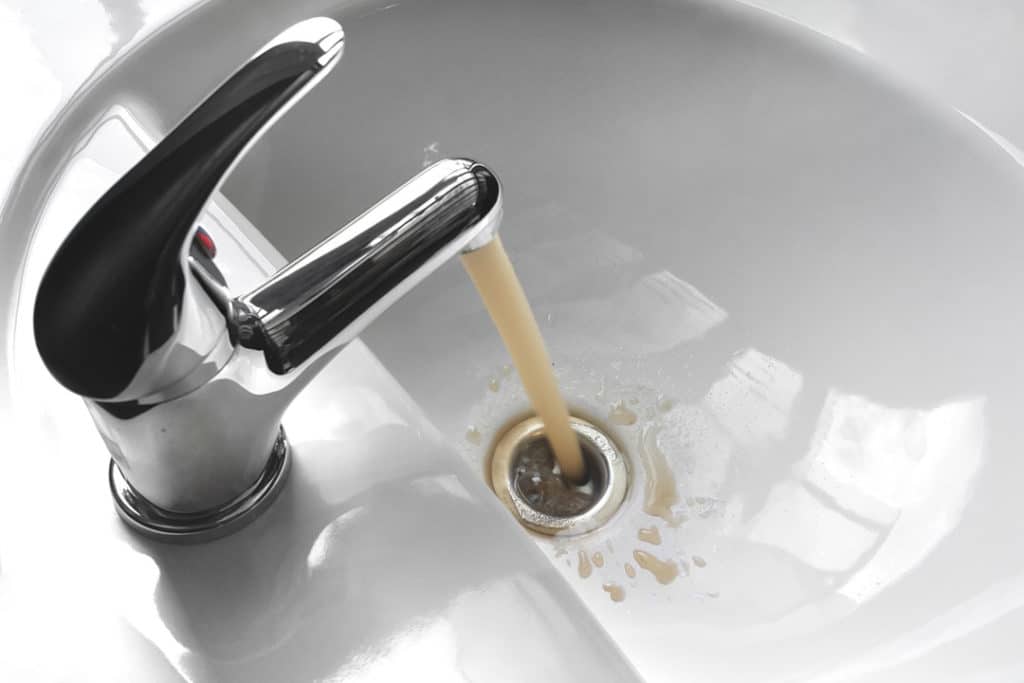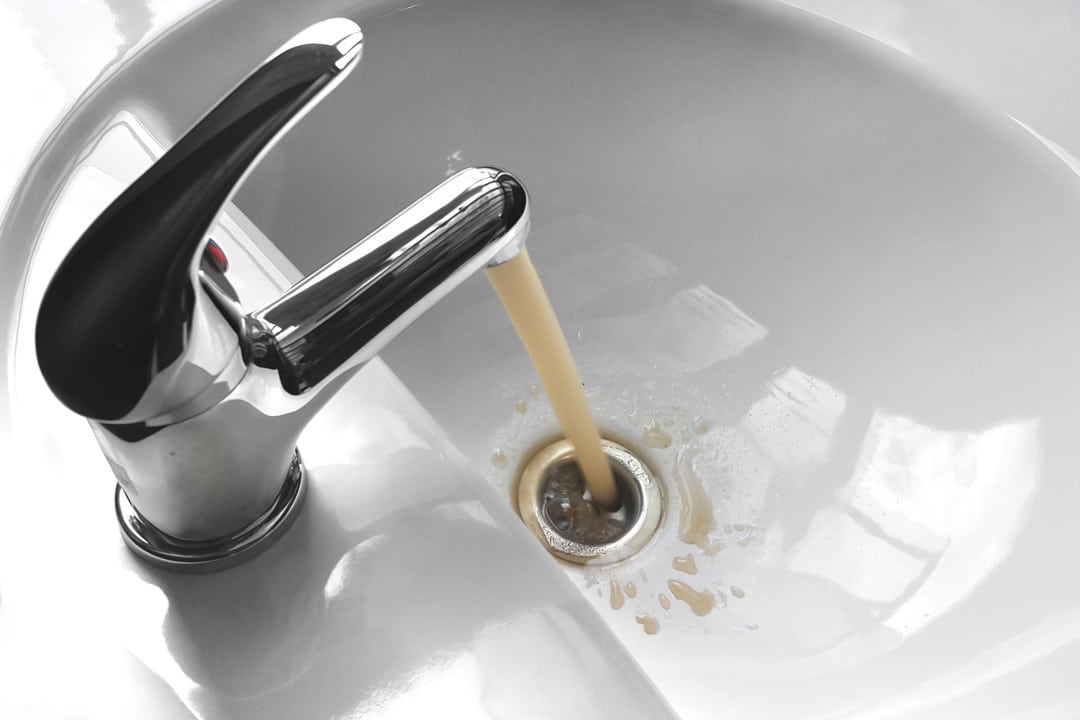Tap water is supposed to be clean. After all, your municipal water specialists manage it to keep you and your family safe. It usually looks clean if it’s clear and settles in your drinking glass without an excess of bubbles or discoloration — but what about what you can’t see? Potential contaminants abound, and the Environmental Protection Agency (EPA) has a fairly broad definition of what “contaminants” means. Ranging from radiological agents to chemicals and naturally occurring mineral content, it’s important to understand what your drinking water actually contains.
To further define what we need to be concerned about in terms of human consumption, the EPA uses a list called the Contaminate Candidate List (CCL), which helps citizens determine which contaminants are bothersome but non-threatening — and those that require further study and treatment.

Possible contaminants
Contaminants can fall into multiple categories:
- Naturally occurring sediment is generally not dangerous.
- Biological contaminates, like waterborne bacteria, can sometimes be very dangerous but aren’t always.
- Chemical contaminates, like medications intended for human or animal consumption, can be very dangerous at times.
- Microorganisms pose significant threat to human populations, typically through gastrointestinal illnesses and infections.
- Human sewage poses a multitude of threats, including nitrate and nitrite content.
- Runoff from pesticide-laden soil, heavy metals from industrial activity, and organic chemicals present in cleaning products and other applications can all contaminate drinking water as well.
Why is safe drinking water such a hot issue lately?
We’re probably all somewhat familiar with the water disaster in Flint, Michigan, that came to light via the news in 2014, but problems there began long ago and are infrastructural as well as socioeconomic. And, according to The New York Times, Flint’s not alone: U.S. water has not been properly monitored according to the Safe Drinking Water Act of 1974 and other regulatory measurements in around 25% of U.S. cities. Puerto Rico has gone untested for lead for ages, even before the devastating Hurricane Maria. Water safety is a long-standing issue there, due at least in part to infrastructure inadequacies. Detroit schools are plagued by heavy metals in their water, especially lead and copper, and both have been linked to reduced cognition and a host of other medical conditions.
In Lanzhou, China, a plant using benzene (a carcinogen) in its processes suffered a series of explosions from 1987 to 2002, resulting in groundwater contamination more than 20 times the “legally safe” limit. The toxicity was first detected in 2014. It is estimated that 34 tons of benzene have been absorbed into the groundwater from the explosions. In India, the Yamuna River has been the dumping ground for sewage, chemicals, and other waste for decades. It is considered the most contaminated river on Earth, although it is the source of 70% of the country’s drinking water. Mining operations in western Ghana, West Africa, caused cyanide contamination after an incorrectly installed wastewater dam failed. Starting in October 2001, the leak continued and endangered and killed fish and humans.
PFAS are another serious issue to consider, consisting of synthetic chemicals that take a long time to break down. With a half-life of two to nine years inside the human body, the long-lasting effects of PFAS are broad and somewhat unknown in scope and severity. Add to this the newer understanding of the dangers that PFCs pose, and the problem intensifies dramatically.
Governments can’t ignore the socioeconomic factor either. Many technical violations occur on grounds that are relatively easy to detect and inexpensive to treat — yet are neglected.
One reason why municipalities can get so far from adherence to regulation is that measurement practices are potentially costly and classically require resource-heavy collection techniques, time-consuming laboratory analyses, and long timelines to disseminate results — all before any remediation can occur.
Now what?
Groundwater geoscience is changing the game for municipalities, governments, and citizens alike. Groundwater mapping and geoscience has come to the rescue in a number of applications that indicate growth and new technology in the water quality sector, promising real, lasting relief. Advances in 3D modeling using airborne electromagnetic surveys coupled with borehole techniques, historical data, and ground geophysical surveys means understanding potential contaminants is more accurate, leading to better data and more informed action plans.
And it all boils down to cleaner, safer tap water for populations around the world.
Using near-surface geooscience, you can learn all you need to know about groundwater, potential contaminants, salinity and agricultural mapping. Our services can help with your near-surface projects.
